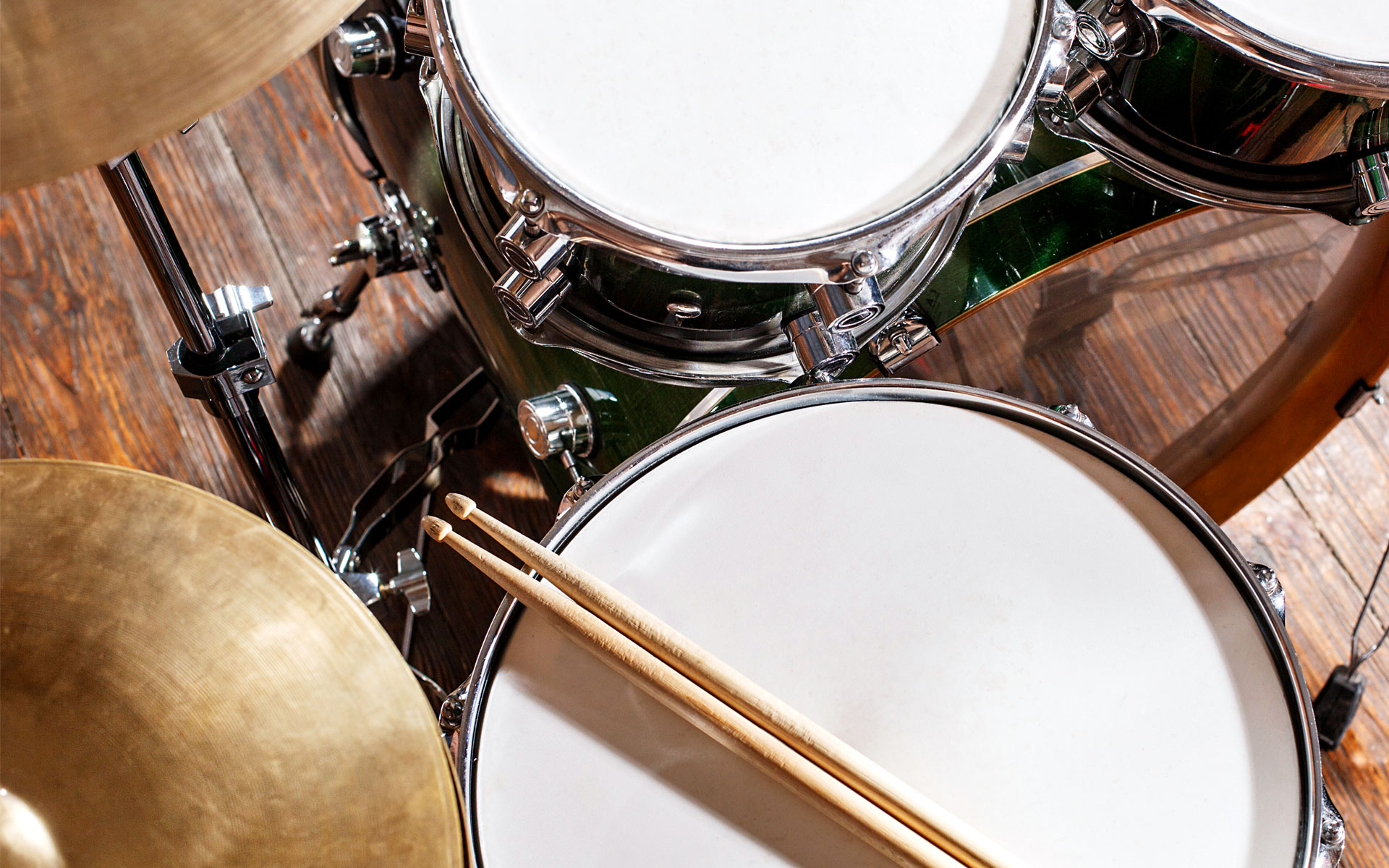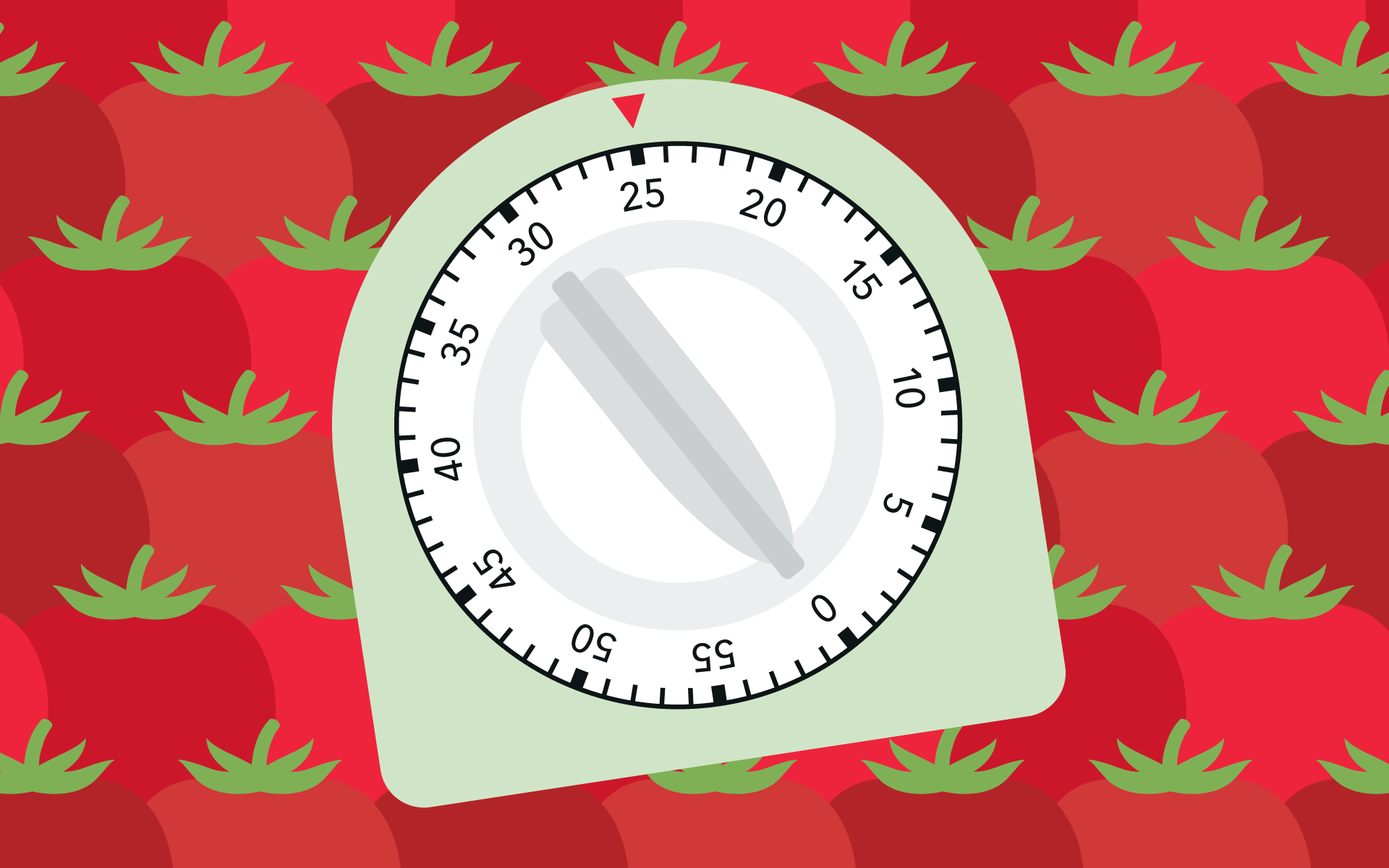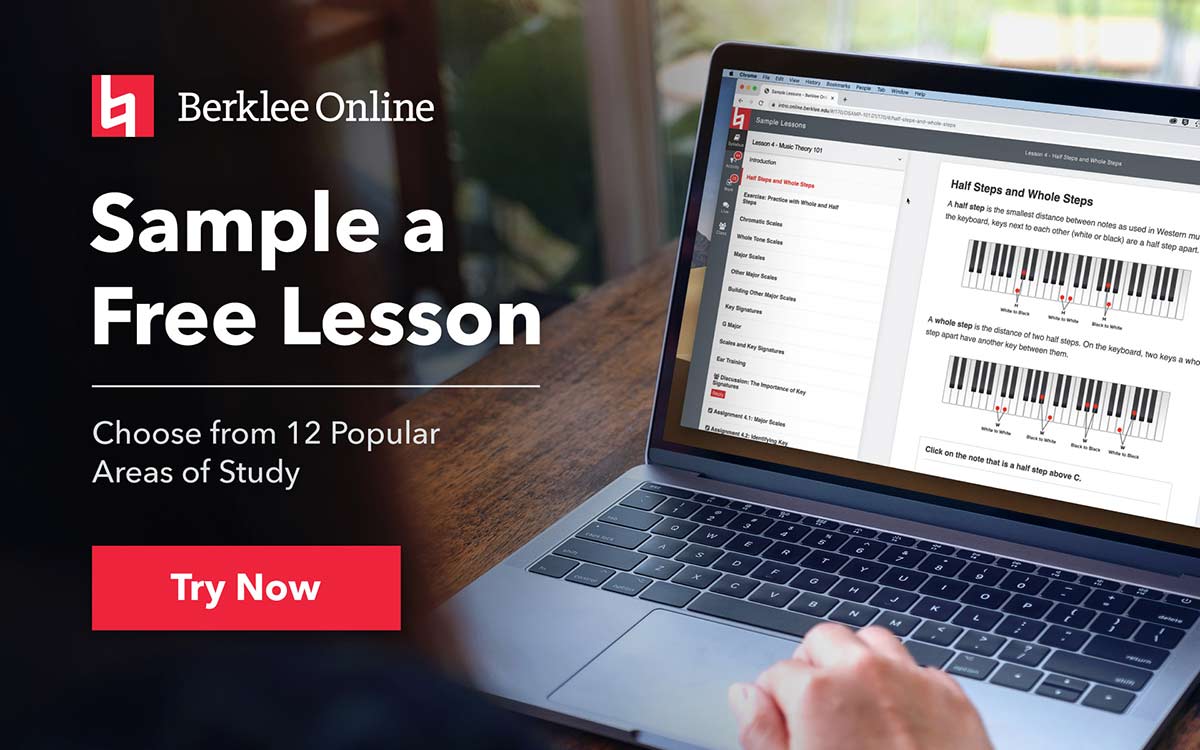Owning a drum kit can be a love-hate relationship: you love your drums, but …
- they take up a lot of space.
- they’re a hassle to transport from place to place.
- It can be very hard to practice your drum fills without disturbing at least one neighbor.
For those living in a house without neighbors in close proximity, this last point probably doesn’t concern you, but if you are living in an apartment in the city—i.e., where the gigs are—you might find it impossible to practice without worrying about getting a noise complaint.
A lot of apartments have a no-noise policy (mine doesn’t even allow singing) and those can lead to fines of up to $500. So maybe you can practice in a studio or rent a practice room, but not everyone has those resources available to them (for monetary or geographical reasons). For those who want to learn how to practice drums in an apartment, there are many things you can do in order to minimize sound disturbance and not get a nasty noise complaint.
Towels, Blankets, and Comforters
This is the most “on a budget” option you can use. Covering your snare with a towel, and filling the inside of your kick drum with a lot of blankets will dampen the noise coming from your drums to a certain extent. It’s not extremely effective and it may even affect your playing a little bit (the towel affects the rebound of your drumsticks). But if you want to make less noise than you’re already making and aren’t ready to make any sort of investment, this is definitely a place to start. Also, Ringo experimented with tea towels, so you’d be in good company.
Mesh Drum Heads and Low-Volume Cymbals
Although you’ll probably never play live with a mesh drum head or a low-volume cymbal, they are a phenomenal tool to practice with. It won’t disturb your neighbors as much, and it’ll also be more gratifying for you. After a while the high frequencies coming from your cymbals can really be annoying (and harmful) to your ears, and opting for the quieter option can motivate you to practice more as it eliminates that issue. Evans—the drum branch of the D’addario company—recently released the Evans Db ONE kit that includes snares, toms, cymbals and kicks that play at one-fifth of the volume of a regular kit. This is one of the most effective methods on how to practice drums in an apartment.
Brushes
Commonly used in blues and jazz, the brush can serve not only for stylistic purposes but also to make less noise. With a brush you also can also apply techniques that would be impossible with regular drumsticks. You’re able to play by creating a circle motion on your snare drum that gives it a unique sound. But the downside of playing with brushes is that it doesn’t make any difference to soften the big impact of your kick drum.
Drum Mute Pads
Is owning an electronic drum kit too expensive? Or does it take up too much space? Then maybe what you need is a drum mute pad. Although it won’t recreate any of the sounds you’re looking for when playing the drums, the mute pad is a great tool for you to be able to practice rhythms and techniques on the go. I’m not a drummer myself, but I love using these to work on rhythm exercises. These pads have a rebound that share similarity with real snare drums, making your practice more authentic. You can take this thing pretty much anywhere and unless you’re sitting right next to someone, chances are that nobody will even notice you’re playing.
Electronic Drums
Faced with a lot of preconception over the years, electronic drums have evolved to the point where drummers feel the need to include some of their elements into their kit. Ever since the 2010s with the rediscovery of the 808 bass, it has been common for drummers to be equipped with a hybrid set, incorporating acoustic and electronic elements. Electronic drums are great for sound experimentation, as you can download different presets to your kit, giving you an infinite amount of options to explore. But besides all of that, its biggest pro is the fact that you can practice using your headphones; something that is impossible to do with a regular drum set. Although the feel and power of playing in an electronic kit may seem underwhelming to some, it offers the possibility of practicing even late at night without disturbing any of your neighbors.
Talk to your neighbors, and find out when they won’t be around.
For those with social anxiety this may seem like a nightmare. But hey, what’s the cost of a little embarrassment in trade for a worriless practice session? If you speak to your neighbors, you can find out what times would be alright for you to play, but also in the process you are introducing yourself as a person and not simply “the annoying upstairs drummer.” By knowing your neighbors, if you end up disturbing them they will more likely contact you first instead of filing a complaint to the landlord straight away.
Program Drums in Your DAW
Many may not consider this as “playing the drums,” but learning how to program drums can make you a better drummer in a lot of different ways. First, you can visualize fills and patterns, taking a step back from your intuition and perceive such rhythms in a more analytical manner. Some may be turned off by this idea, but they should consider that understanding their rhythms in written form can give them a lot of freedom to tweak and mess around in their playing. And you can especially mess around with those options in your DAW, moving your kick to an upbeat, syncopating your snares, etc.
What’s also great about programming drums is that you end up developing your ear for drum sounds that work together well. In an acoustic drum set, you usually play with what you have. But in a DAW, the options are limitless (you can sample pretty much anything into rhythm).
Really, there are countless ways how to practice drums in an apartment without disturbing your neighbors. What matters most is that you don’t stop yourself from practicing. If nothing in this article works for you—and you can’t find a more suitable living situation—you’re still left with the option of tapping your feet while clapping your hands. You can work on a variety of rhythms, polyrhythms, sounds (depending on what you tap), and although it doesn’t feel the same, it’ll definitely help you with the drums. Don’t let living in an apartment prevent you from practicing your craft.
STUDY DRUMS AT BERKLEE ONLINE!







